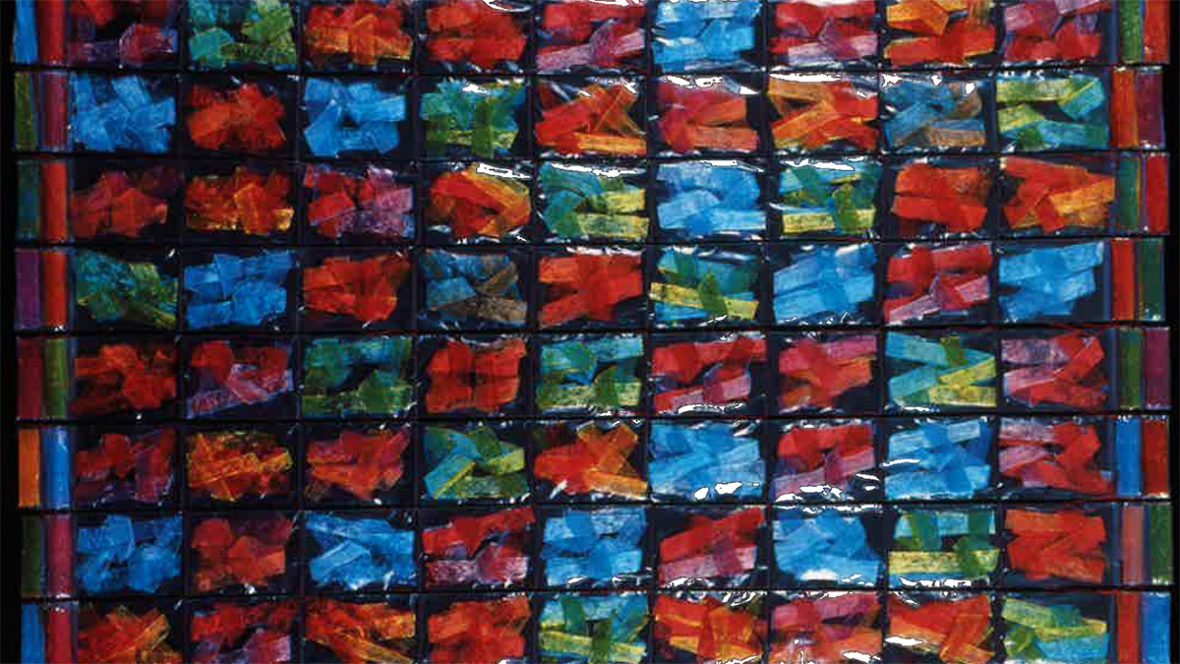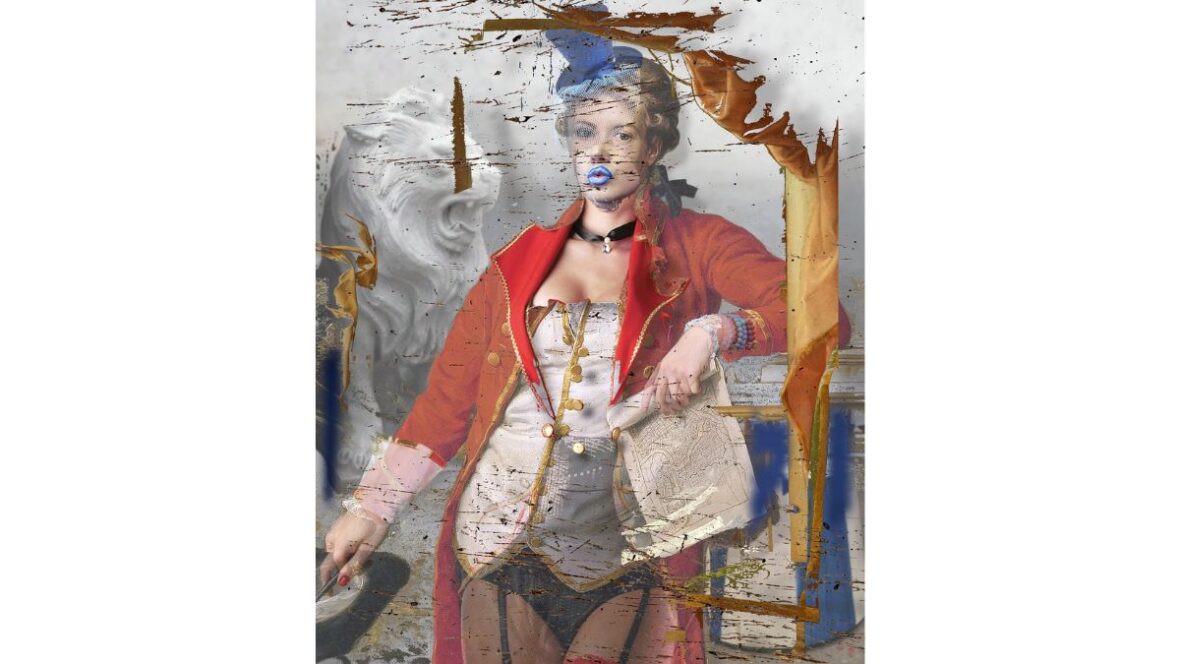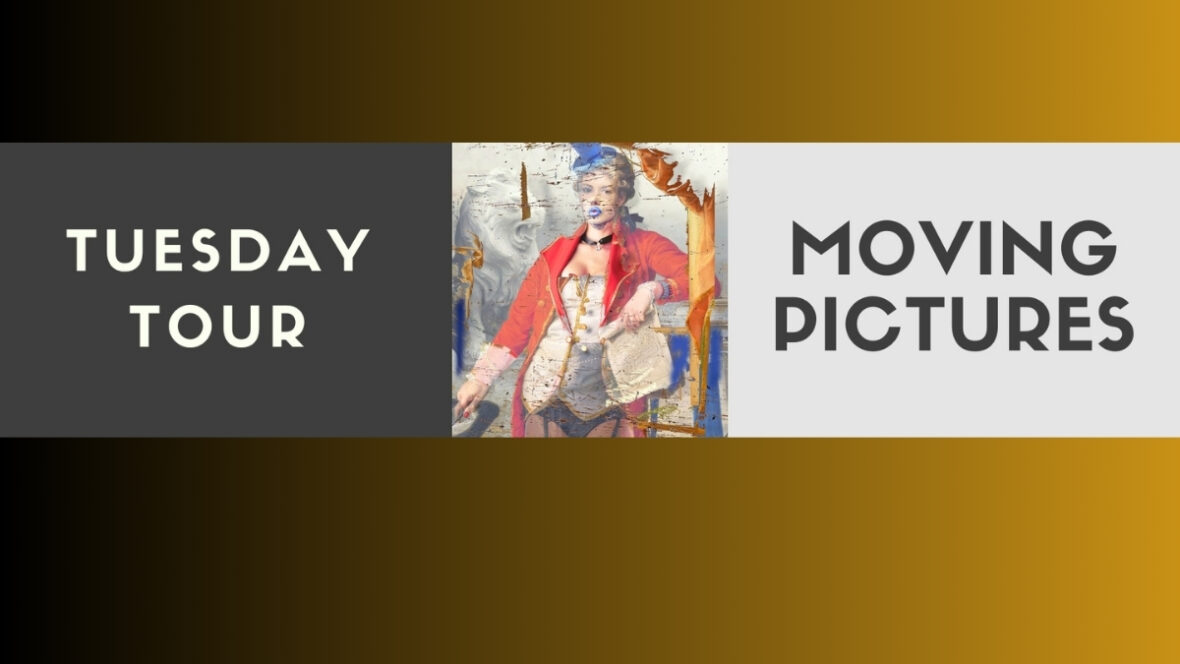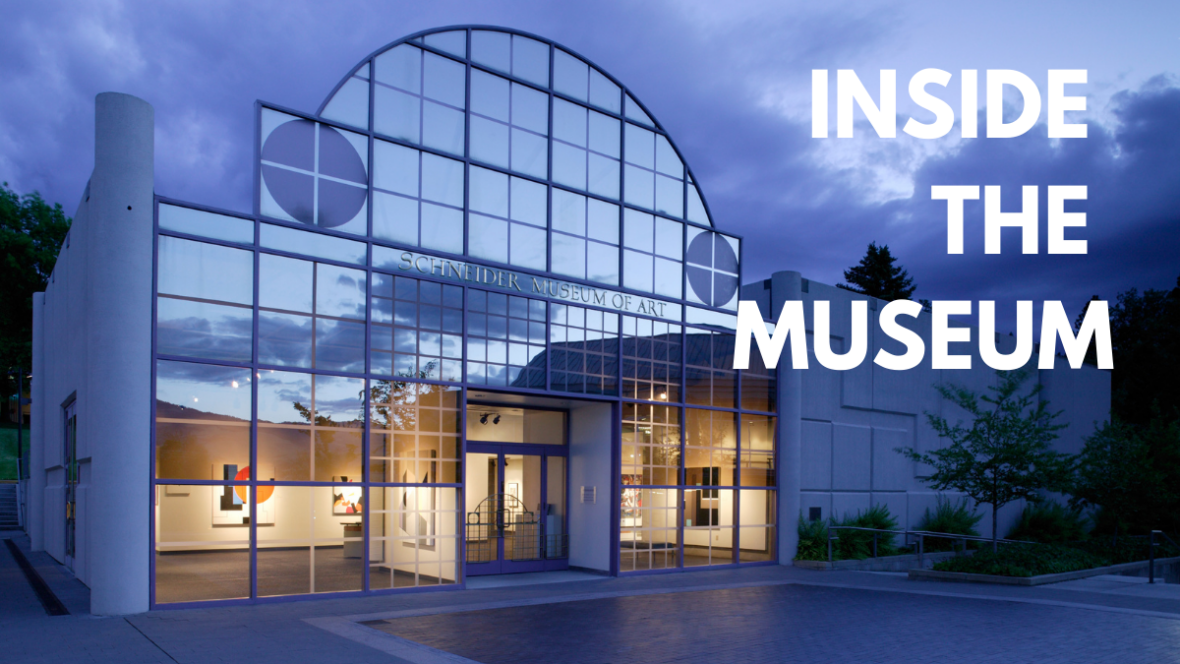Quilt Nation ‘97:
Collection B
Exhibition Statement
The Quilt National has been critically acclaimed for the innovative nature of the work it showcases. The boundaries of what has been traditionally defined as quilting, has been significantly expanded challenging artists and viewers to new aesthetic heights. Writing in the Boston Globe, correspondent Nancy Stapen noted, “They (the Quilt National quilts) are objects intended to seen on a wall. Technically innovative and conceptually complex, they hold their own as sophisticated artistic expressions. And they are non-utilitarian – like Botticellis and Motherwells, they have no function beyond visual appeal.”
The Quilt National was first organized in the late 1970’s by a group of artists that included Nancy Crow, Francoise Barnes, and Virginia Randles. These and other artists around Athens were using fabric to create works that were pieced, layered, stitched and stuffed. These works were “quilts” by virtue of their structure, although they were intended to be viewed on a vertical plane. The original designs and use of innovative techniques and color combinations made them unacceptable to the organizers of traditional quilt shows who were interested in beautifully crafted bed covers with recognizable patterns.
The works in a Quilt National exhibit displayed a reverence for the lessons taught by the makers of the heritage quilts. Many of the works hold fast to the traditional methods of piecing and patching. At the same time, however, the Quilt National artist is intrigued by the challenge of expanding the boundaries of traditional quilt making by utilizing the newest materials and technologies. These innovative works generate strong emotional responses in the viewer while at the same time fulfilling the creative need of the artist to make a totally individual statement.
Quilt National was to serve as a platform to demonstrate the transformations taking place in the world of quilting. Its purpose was then to carry the definition of quilting far beyond its traditional parameters and to promote quilt making as what it always has been-an art form.
The works in a Quilt National exhibit displayed a reverence for the lessons taught by the makers of the heritage quilts. Many of the works hold fast to the traditional methods of piecing and patching. At the same time, however, the Quilt National artist is intrigued by the challenge of expanding the boundaries of traditional quilt making by utilizing the newest materials and technologies. These innovative works generate strong emotional responses in the viewer while at the same time fulfilling the creative need of the artist to make a totally individual statement.
The quilts in the ’97 collection reflected the artists’ interest in using their medium to give voice to a concern for either the world at large — as in the numerous environmental issues addressed by the works — or to express feelings relevant to the particular quiltmaker’s inner world. For many quiltmakers the graphic and technical elements are the foundations which support the primary concern — the content of the quilt’s message.
Technically, the works ran the gamut from a series of related blocks carefully executed in commercial fabrics to a single over all image employing self-dyed fabric, vinyl cloth, ink and found objects. The development of photo-transfer materials and techniques enabled artists to marry surface design and photography as never before. The possibilities for today’s fiber artist are limitless. If the desired pattern, color or subject matter is unavailable as a commercial product, the artist takes advantage of newly available techniques (and opportunities to learn how to use them) to create exactly what is needed to convey the specific message. The majority of today’s quilts represent a combination of hand and machine techniques. For an ever-increasing number of artists, the challenge and versatility provided by the latest generation of sewing machines has allowed them to create special effects by quilting with a hand-guided electric needle.
For some artists, quilting the layers together is far from the final step — now it’s time to embellish the beautifully textured surface. Embroidery, paint and the painstaking addition of buttons and beads further enrich the overall effects of color, texture and shape — the staples of the quiltmaker’s art.
Curator
Jason Pollen
Artists
Rachel Brumer
Erika Carter
Jane Burch Cochran
Rhoda R. Cohen
Sylvia H. Einstein
Yvonne Forman
Beatriz Grayson
Carol Anne Grotrian
Sharon Heidingsfelder
Wendy C. Huhn
Michael James
Anneliese Jaros
Crane Johnson
Katherine Knauer
Shulamit Liss
Terrie Hancock Mangat
Jacquelyn Nouveau
Jocelyne Patenaude
Karen Perrine
Bonnie Peterson-Tucker
Noel M. Ruessmann
Jane A. Sassaman
Robin Schwalb
Rachel K. Turner
Nelda Warkintin



